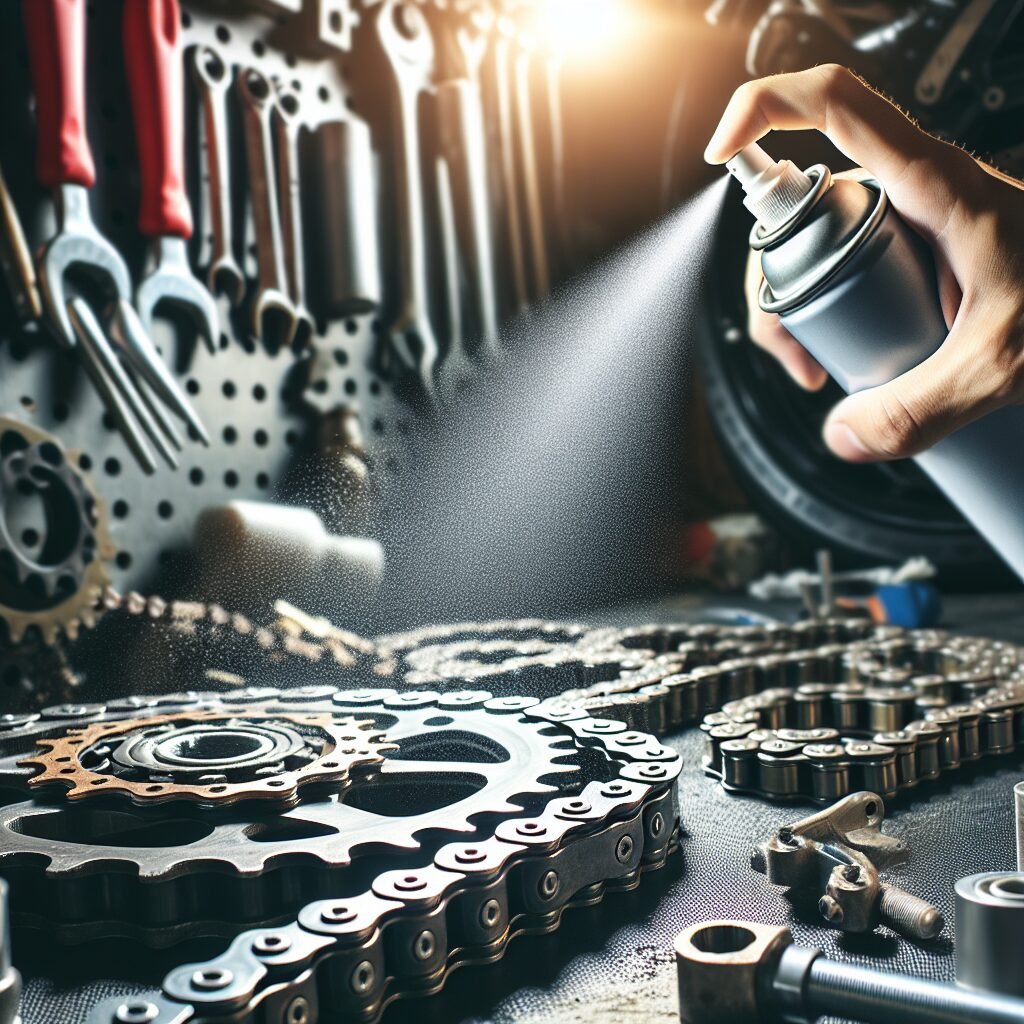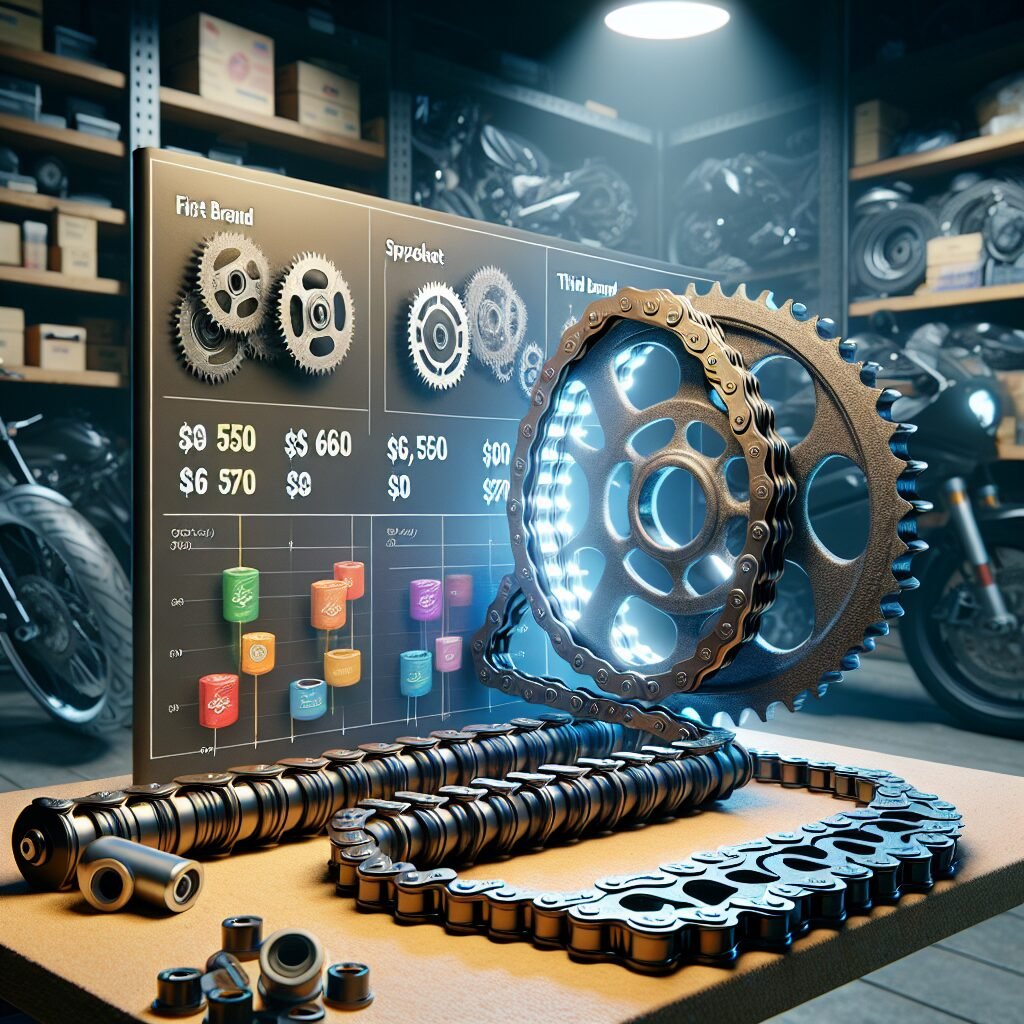Maintaining your motorcycle’s chain and sprocket is crucial for ensuring optimal performance, safety, and longevity. Additionally, understanding the cost implications of these components helps in making informed decisions. In this blog, we will delve into the importance of care and cost considerations for motorcycle chains and sprockets.
How Often Should You Lube a Motorcycle Chain?

Lubricating your motorcycle chain is essential for reducing friction, preventing rust, and extending the chain’s life. Here are some guidelines:
- Frequency: Generally, you should lube your motorcycle chain every 300-600 miles, or after every ride in wet or dirty conditions.
- Conditions: If you ride in harsh weather or off-road, consider lubricating more frequently.
- Signs: Pay attention to signs of dryness or squeaking, which indicate the need for lubrication.
Should I Replace a Rusty Motorcycle Chain?
A rusty motorcycle chain can compromise your bike’s performance and safety. Here’s what you should consider:
- Severity of Rust: Light surface rust can sometimes be cleaned off and treated with lubricant. However, severe rust affecting the chain’s integrity warrants replacement.
- Performance: A rusty chain can cause uneven wear on the sprockets and reduce efficiency.
- Safety: A compromised chain increases the risk of breakage, which can be dangerous while riding.
What is the Cost of a Duke 200 Chain Sprocket?
The cost of replacing a chain sprocket for a KTM Duke 200 can vary based on several factors:
- OEM vs. Aftermarket: Original Equipment Manufacturer (OEM) parts tend to be more expensive than aftermarket options but ensure compatibility and quality.
- Material: Steel sprockets are generally more affordable and durable, while aluminum sprockets are pricier but lighter.
- Labor Costs: If you’re not replacing it yourself, factor in the labor costs at a professional service center.
On average, the cost can range anywhere from $50 to $150, including labor charges.
Is it Okay to Use a Cheap Chain for a Motorcycle?

Using a cheap chain may seem like a cost-saving measure, but it comes with significant drawbacks:
- Durability: Cheaper chains often wear out faster, leading to more frequent replacements.
- Performance: Low-quality chains can negatively impact the bike’s performance and efficiency.
- Safety: The risk of chain failure is higher with cheaper options, posing a safety hazard.
Investing in a high-quality chain ensures longevity, better performance, and enhanced safety.
Conclusion: Cost-effective Care Tips
Maintaining your motorcycle chain and sprocket doesn’t have to be expensive. Here are some cost-effective care tips:
- Regular Maintenance: Regularly clean and lube your chain to extend its life and maintain performance.
- Quality Over Price: Invest in good quality chains and sprockets to avoid frequent replacements and potential safety risks.
- DIY Maintenance: Learning basic maintenance tasks can save on labor costs.
- Timely Replacements: Replace worn-out components in a timely manner to prevent damage to other parts of the drivetrain.
By following these care tips and considering the cost implications, you can ensure that your motorcycle’s chain and sprocket remain in top condition without breaking the bank.



